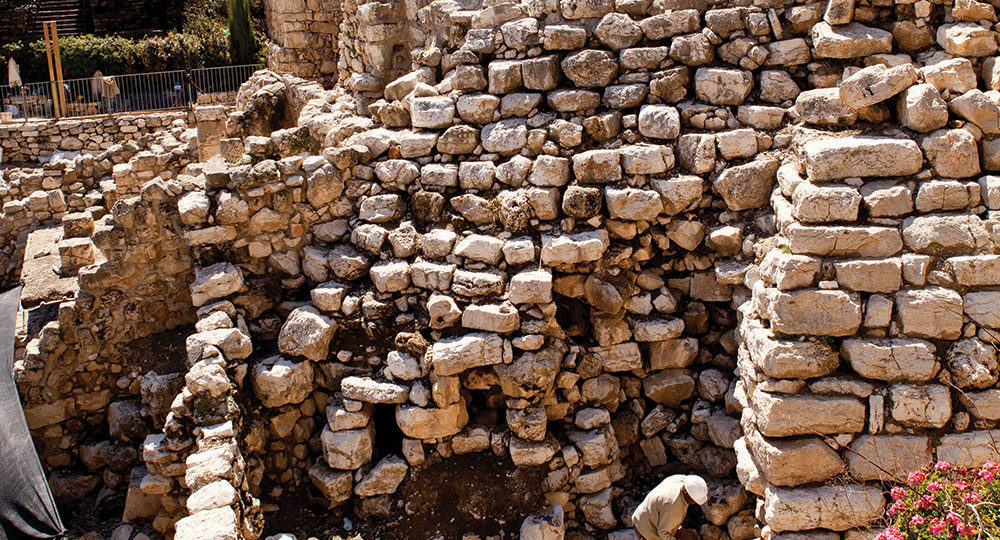


One thing I loved about being a newspaper reporter was going where the action was. Although I never went anywhere particularly exciting, it didn’t matter. I was involved with...
A growth-inspiring experience of a lifetime is to walk among the artifacts of empires, civilizations, and societies that have lived and died and, in many respects, shaped our world. For those of us living in the United States, a relatively young country...
For years scholars have argued about the precise location of the first and second Jewish Temples on the Temple Mount in Jerusalem. Nevertheless, almost all archaeologists agree they were...
I saw Israel for the first time when I moved my family to Jerusalem in 1979 to study at the Hebrew University of Jerusalem. Even though I had a master’s degree in biblical studies, I learned quickly I was not...
At the southeastern end of the old city of Jerusalem lies an impressive series of burial caves. Most date to the time of Jesus. Archaeologists recently have taken a closer look at them and have turned up...
Khirbet Qeiyafa is a provincial town located about 19 miles from Jerusalem in the Elah Valley, where a young David slayed the Philistine giant Goliath. Today, 30 centuries later, it is contributing the most to the...